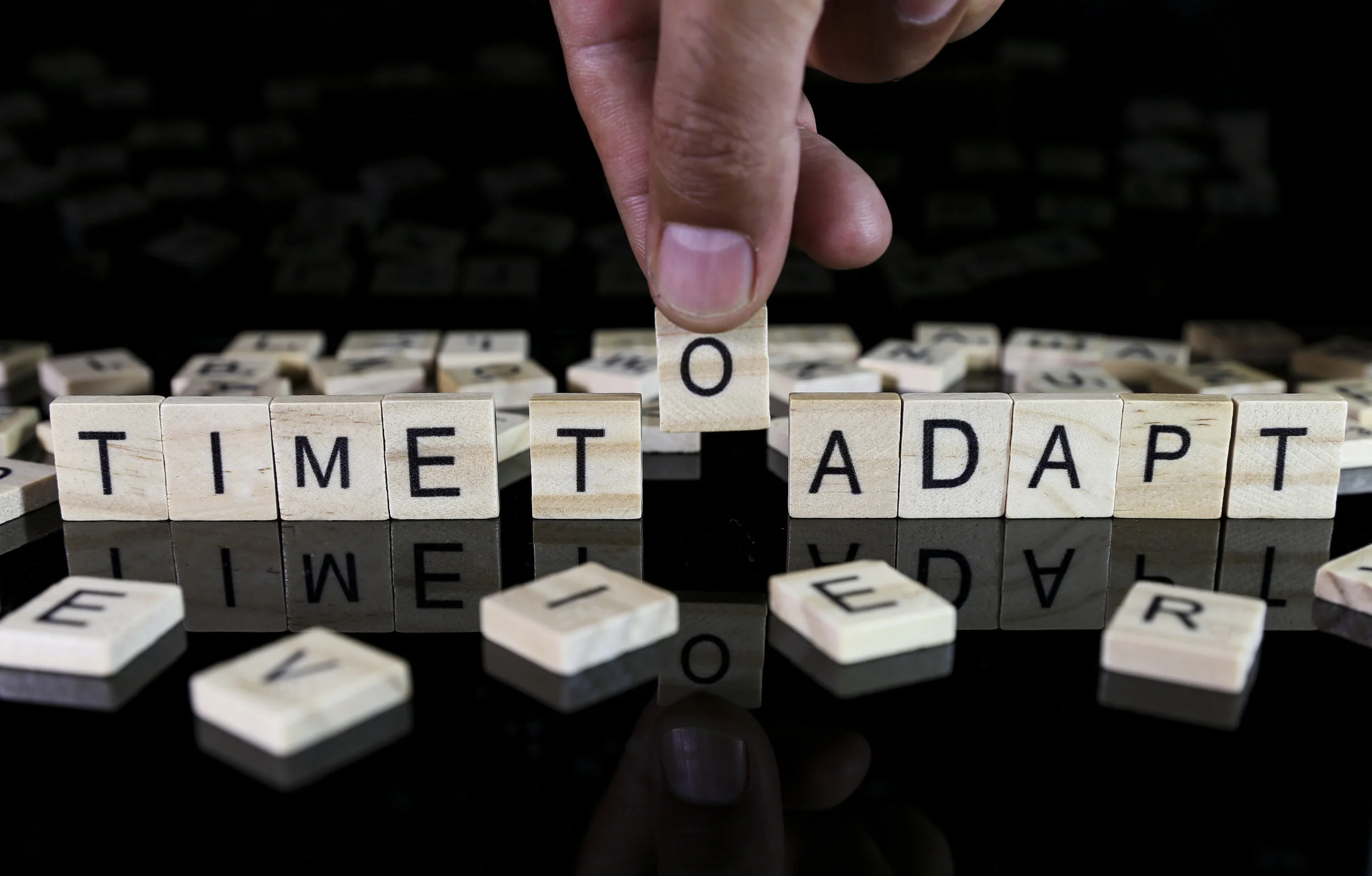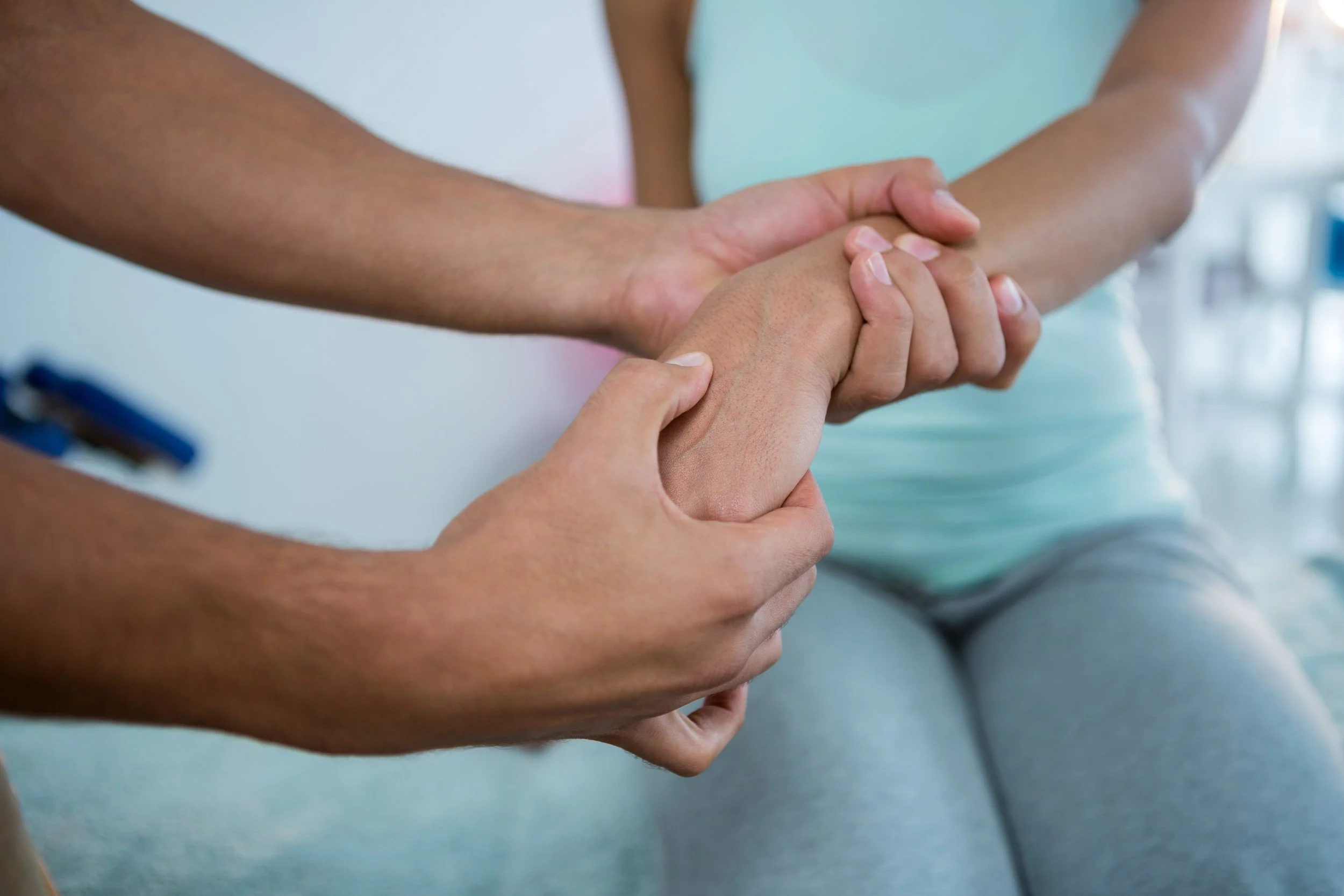What does Osteopathic Manual Therapy Help?
/Osteopathy is a form of drug-free non-invasive manual medicine that focuses on total body health by treating and strengthening the musculoskeletal framework, which includes the joints, muscles and spine. Its aim is to positively affect the body's nervous, circulatory and lymphatic systems.
This therapy is a unique holistic (whole body) approach to health care. Osteopaths do not simply concentrate on treating the problem area, but use manual techniques to balance all the systems of the body, to provide overall good health and wellbeing.
Dr. Andrew Taylor Still established the practice of Osteopathy in the late 1800s in the United States of America, with the aim of using manual 'hands on' techniques to improve circulation and correct altered biomechanics, without the use of drugs.
What does osteopathy treat?
Osteopaths treat more than you think. Many patients present with complaints of aches in the head, back, neck, and heel/ foot pain; sciatica; shin splints; tennis elbow and repetitive strain injury. Other patients suffer from asthma; arthritis; digestive problems; carpal tunnel syndrome; whiplash and postural problems.
Osteopaths also deal regularly with patients who have been injured in the workplace, at home or while playing sport.
What are the qualities of Osteopathy
The philosophy of Osteopathy is what sets it apart from other medical disciplines. The key principles are based on all parts of the body functioning together in an integrated manner. If one part of the body is restricted, then the rest of the body must adapt and compensate for this, eventually leading to inflammation, pain, stiffness and other health conditions. When the body is free of restrictions in movement, Osteopathic treatment assists the body with pain minimisation, reduced stress and greater mobility providing the body with the opportunity to heal itself.
Osteopaths use a broad range of gentle hands-on techniques including soft tissue stretching, deep tactile pressure, and mobilisation or manipulation of joints.
In some cases, Osteopaths can complement the advice given by GPs. For example, people who suffer from arthritis are often prescribed medication by their GP. In addition to that, Osteopaths can ease the pain caused by joint and muscle stiffness, by improving joint mobility and the flow of blood to the joints, and show arthritis sufferers how to prevent causing injury to themselves.
Osteopathy is a five-year university course, which includes a degree and masters qualification. Senior Osteopathy students complete clinical training under the supervision of registered Osteopaths at student teaching clinics.
Osteopaths believe in working as part of a health system of health providers and often refer back to the G.P. or another allied health professional where appropriate.
Benefits of Osteopathy
Osteopathic treatment in itself is not 'preventative'. Osteopaths respect the body's natural ability as a self-regulating mechanism and only intervene when pain or discomfort is present. The benefits of osteopathy are the general improvement in mobility and structural stability of the body. In turn, other systems of the body such as the circulatory, nervous and lymphatic systems function more effectively and for a number of general conditions, minimal treatment is required.
Osteopathy and sleep
A key indicator of pain or discomfort is lack of sleep or restless nights. An effective osteopathic treatment outcome often reflects the first signs of recovery with a good night's sleep. Poor sleep patterns only serve to magnify the body's inability to function adequately and reduce our psychosomatic (Psychosomatic illnesses are those in which physical symptoms are caused or aggravated by emotional factors) ability to cope with pain.
Osteopathy and the nervous, circulatory and lymphatic systems
Osteopathic treatment positively affects the nervous, circulatory and lymphatic systems, to deliver a more balanced body and better health overall. This combined with good dietary and /or exercise prescription can enhance a patient's well being and often leads to a positive approach to individual health responsibility.
Osteopathy and back pain
With our lives becoming increasingly busy, yet more sedentary, Osteopaths can offer prevention advice such as stretching exercises, lifting techniques, posture, breathing and stress reduction which is a great way for individuals to maintain their own health. In addition some lifestyle changes including diet or workplace ergonomics can dramatically improve ones health and reduce ongoing health costs.
Early intervention by an Osteopath means you can be aware of potential sources of referred pain, and how you can make changes to your lifestyle now, so you won't have to deal with the pain later on.
Preventing injuries means less time off work and therefore more time keeping active and enjoying the benefits of general good health. It is vitally important for all people to be aware of how injuries can occur and what we can all do to avoid them.
What does osteopathic treatment involve?
The first visit to an osteopath will run along the same lines as an initial visit to a GP. A complete medical history is taken and questions asked about lifestyle, diet and emotional status. The osteopath will want to hear about all symptoms, as well as details of any past accidents or traumas, even if they may seem unrelated to the patient's current problem.
The patient may be asked to remove some outer clothing and to perform some simple movements. This is so the osteopath can observe how the patient is using their body, identify any obvious mobility impairment and evaluate posture. Neurological and orthopaedic tests help the osteopath to eliminate possible underlying pathologies and differentiate the basis of the patient's complaint.
Osteopaths are highly trained to manually locate points of restriction or excessive strain in various parts of the body. Using a finely tuned sense of touch or palpation, the osteopath will assess the spine, joints, muscles and tendons. An osteopath may also refer for blood tests or X-rays to confirm findings, or review existing diagnostic results where available.
The initial consultation will take around 45 minutes to complete, after which the osteopath will be able to offer a diagnosis and discuss a treatment program. Treatment could include such techniques as soft tissue stretching, to increase blood flow and improve flexibility of joints and muscles; articulation to mobilise joints by being passively taken through their range of motion; and muscle energy, to release tightness on the muscles by alternatively being stretched and made to work against resistance.
If the diagnosis is one that requires further investigation or specialist intervention, an osteopath will suggest a referral to an appropriate practitioner. Osteopaths often treat in conjunction with a GP, dentist, podiatrist or other health care professional.
Because osteopathy emphasises self-healing, an osteopath may also advise dietary changes, home exercise programs and lifestyle adjustments. All treatment programs are highly individualised and depend on the patient's current condition, past history, and ability to adapt to change. Most simple problems often require only 3-4 treatments.
Why you shouldn't ignore the pain
If you ignore the signs of back pain, this can develop into other forms of referred pain around the body, such as neck, shoulder or leg pain. Longer term this can have deep psychological ramifications which makes it harder for a patient to accept recovery as an achievable goal and like most long term health conditions can lead to depression.
According to osteopathic philosophy, all parts of the body are interconnected and affect each other. However, if someone experiencing back pain does visit an Osteopath, this means the back pain can be treated and potential referred pain can be avoided. Of course, this improves your overall health and wellbeing, allowing you to lead a more active and healthy lifestyle.
This article originally appeared on http://www.medicalnewstoday.com/articles/70381.php?page=2 and was Written by Christian Nordqvist











![Self-regulation “control [of oneself] by oneself"](https://images.squarespace-cdn.com/content/v1/55563e14e4b01769086817cb/1542845645966-PO2HGKF5JLUBM45UIWQ3/wee-lee-790761-unsplash.jpg)



















